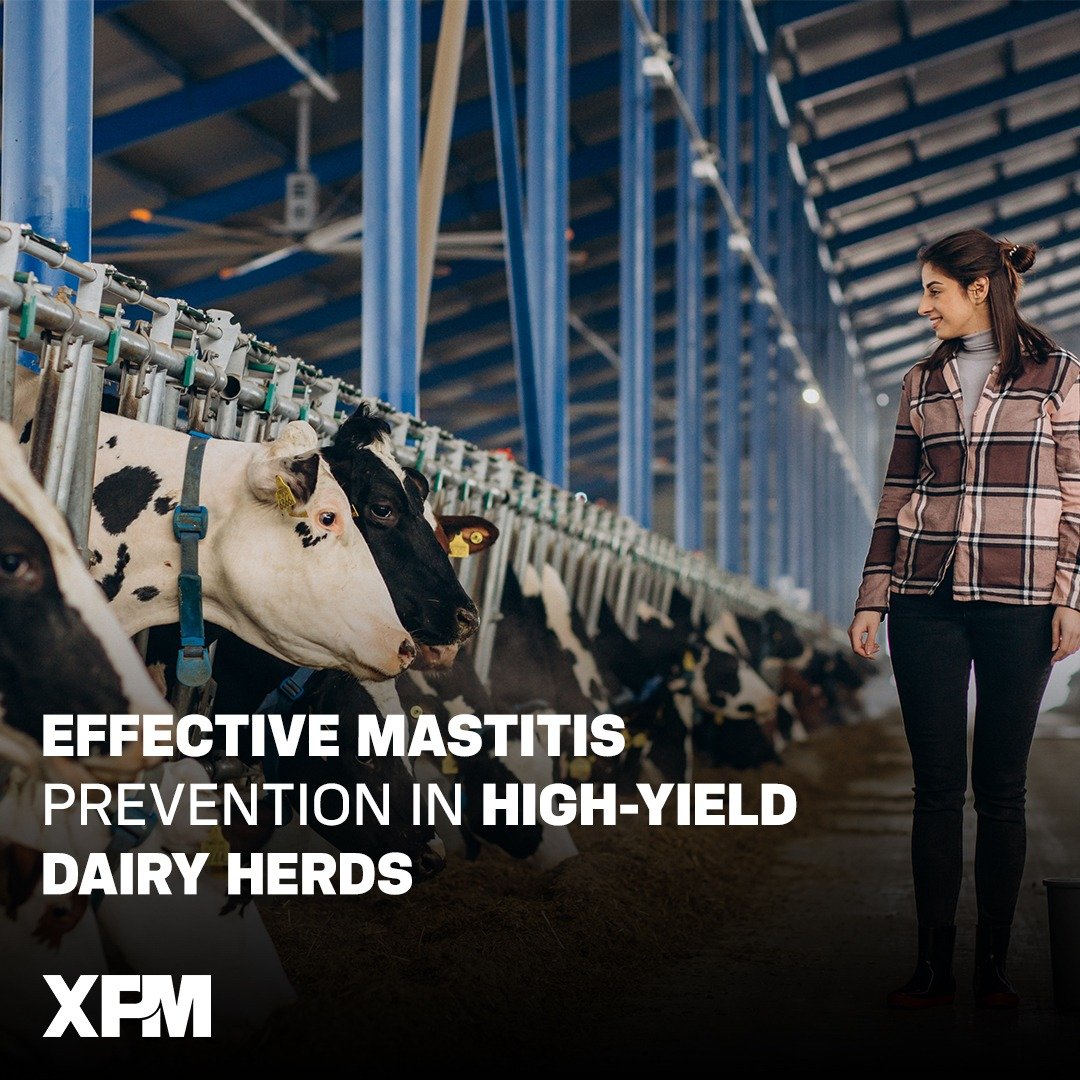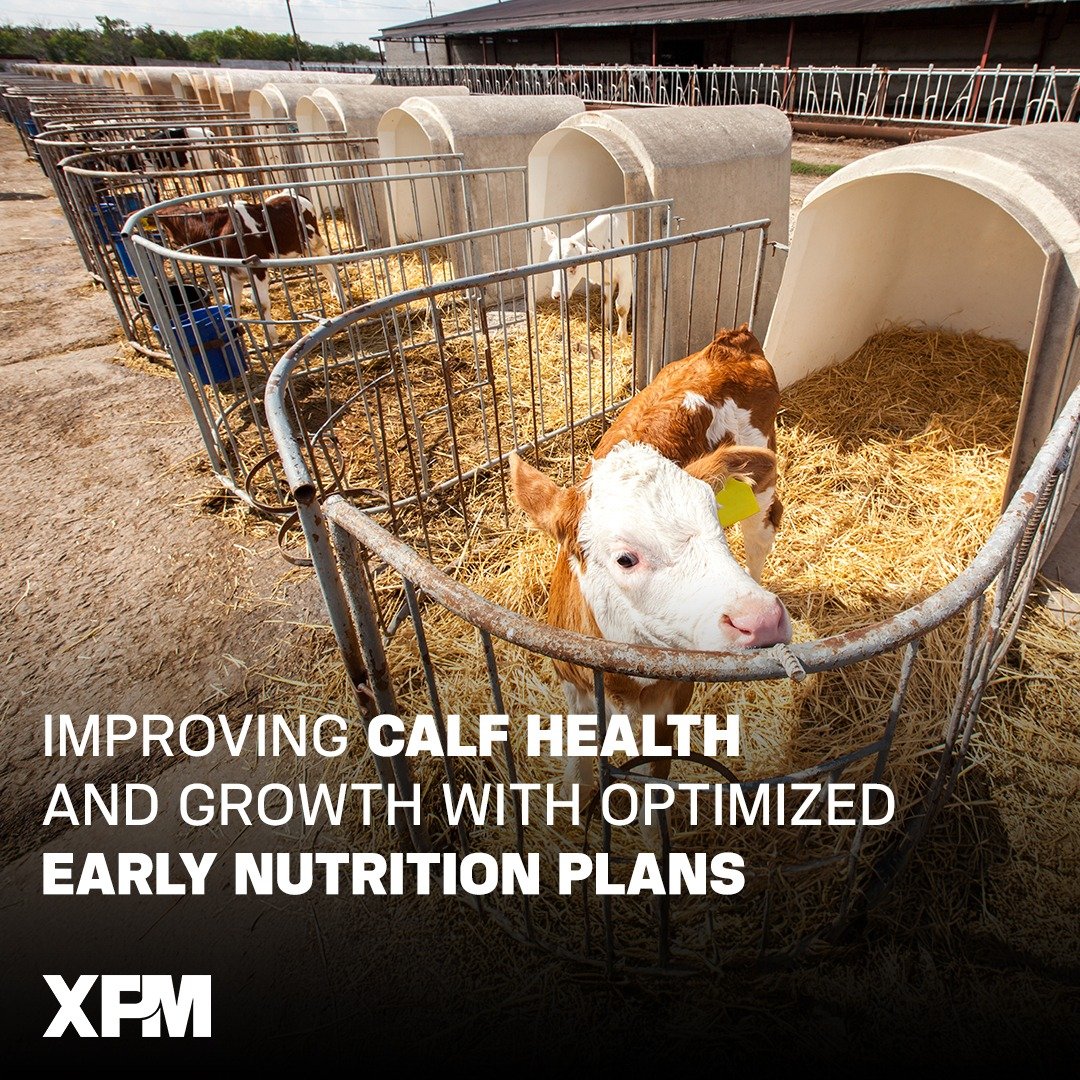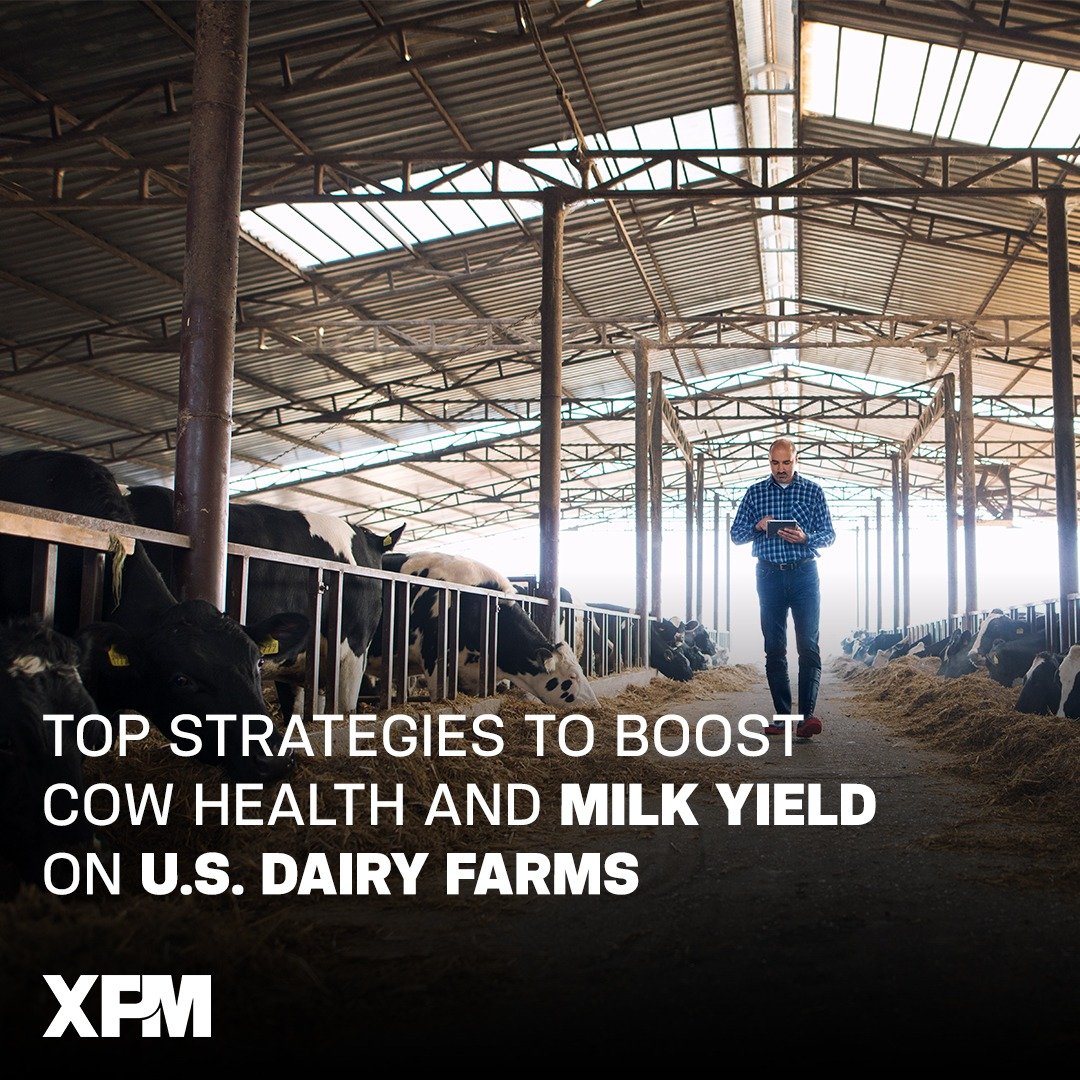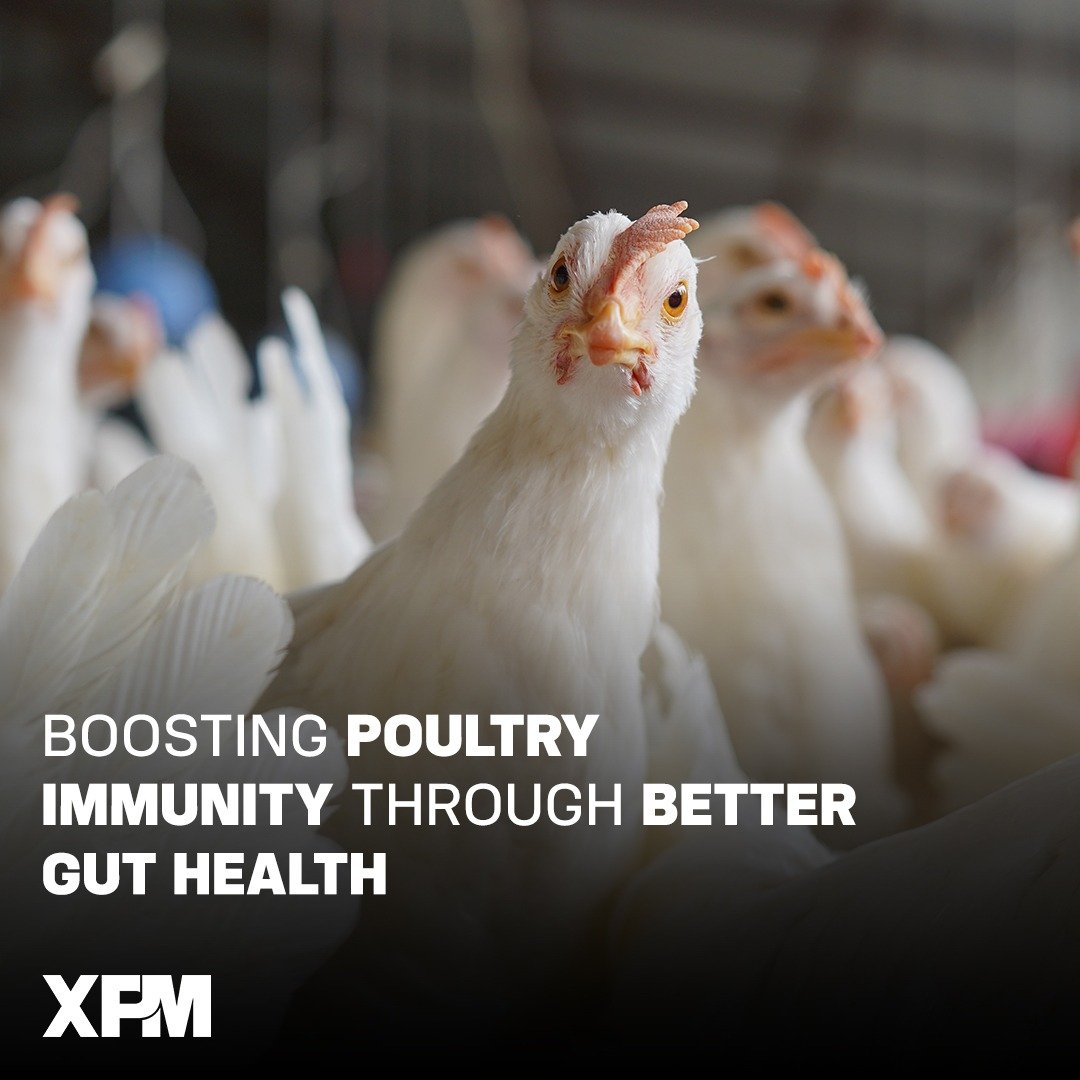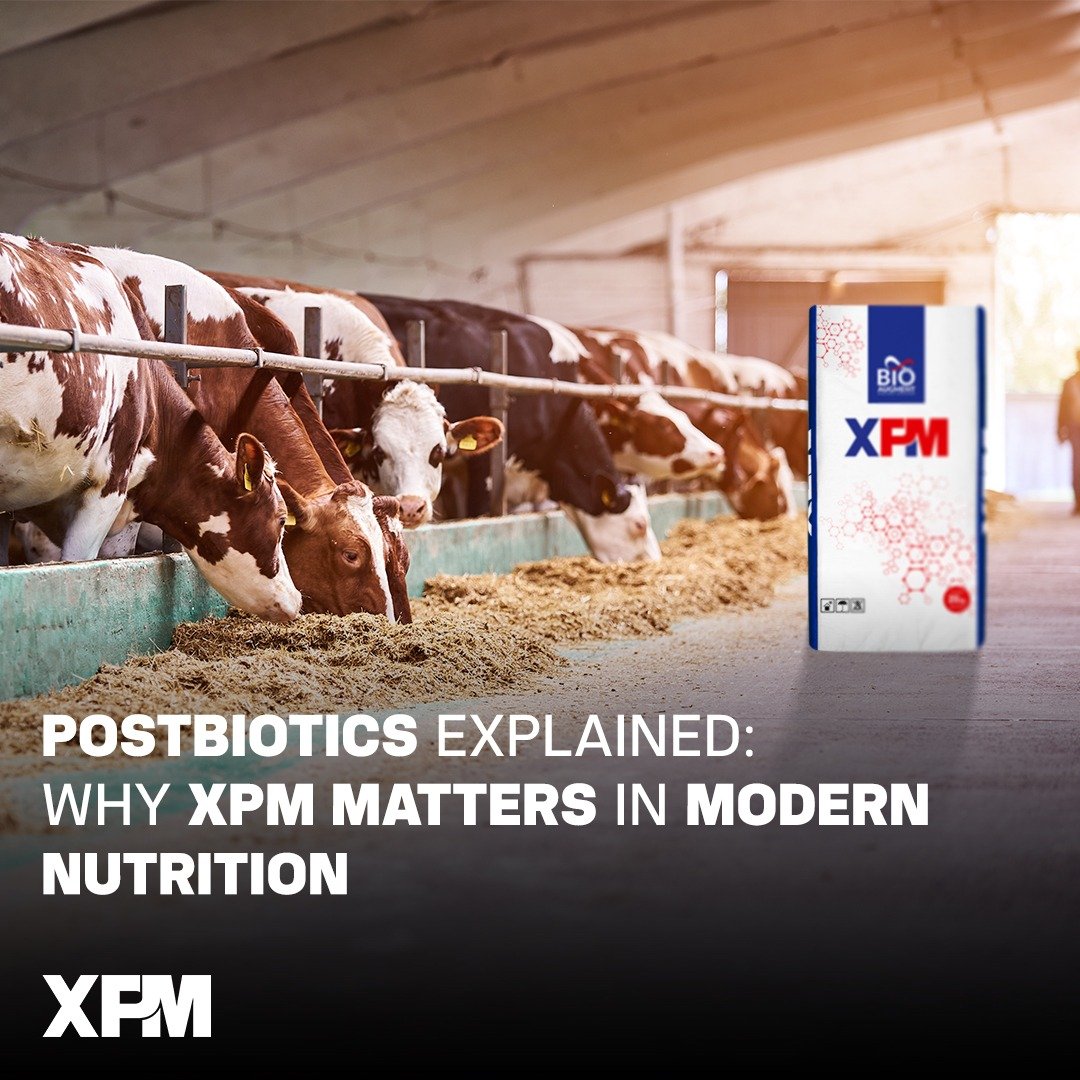Mastitis remains one of the most costly and persistent challenges in dairy farming—especially in high-yield herds where udder health is under constant pressure. Beyond reducing milk yield and quality, mastitis leads to increased veterinary costs, discarded milk, and early culling. Implementing a strong mastitis prevention strategy is essential to protect herd health, improve productivity, and ensure compliance with antibiotic-free production standards.
Understanding Mastitis: A Hidden Profit Killer
Mastitis is an inflammation of the mammary gland caused by bacterial infection. It occurs in two forms:
-
Clinical mastitis: Visible symptoms such as swelling, heat, and abnormal milk.
-
Subclinical mastitis: No visible signs but elevated somatic cell count (SCC), impacting milk quality.
In high-yielding cows, the risk of mastitis increases due to:
-
Higher metabolic stress
-
Larger milk volume and udder strain
-
Frequent milking and equipment stress
-
Environmental exposure to pathogens
Key Mastitis Prevention Strategies
1. Optimize Milking Hygiene and Equipment
-
Pre- and post-dipping of teats with disinfectants
-
Use automatic cluster removal to prevent over-milking
-
Regularly test and maintain vacuum pressure and liners
2. Manage Cow Comfort and Housing
-
Provide clean, dry bedding and proper ventilation
-
Avoid overcrowding and stress
-
Implement bedding rotation and stall cleaning routines
3. Strengthen Nutritional and Immune Support
-
Ensure diets are rich in vitamins A, E, selenium, and zinc
-
Use postbiotic supplements like XPM to improve gut health and systemic immunity
-
Maintain a balanced energy-protein ratio to reduce metabolic stress
4. Monitor Udder Health and SCC
-
Routinely check SCC levels through bulk tank or cow-level testing
-
Use California Mastitis Test (CMT) for early detection
-
Record and isolate affected animals
The Role of Postbiotics in Mastitis Prevention
Postbiotic feed additives such as XPM (Extra Pure Metabolites) are gaining traction in modern dairy systems. XPM helps:
-
Improve rumen function and nutrient absorption
-
Reduce gut-derived inflammation that contributes to mastitis
-
Enhance immune responses to bacterial invasion
Final Thoughts: Prevention is Profitable
Mastitis prevention isn’t just about avoiding disease—it’s about optimizing your herd’s productivity, milk quality, and overall profitability. High-yield cows require targeted management, nutritional support, and proactive health monitoring.
By combining best practices in hygiene, cow comfort, nutrition, and postbiotic support like XPM, dairy farmers can build a mastitis-resilient herd that performs consistently and sustainably.
Want to explore XPM for mastitis prevention?
Get in touch with our team for trial data, ration integration tips, and pricing for your herd.

